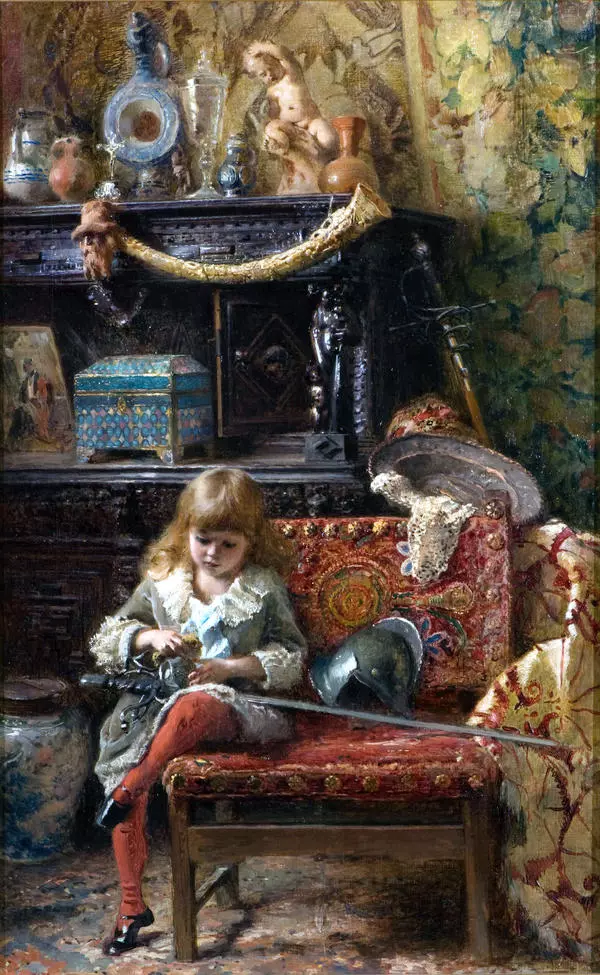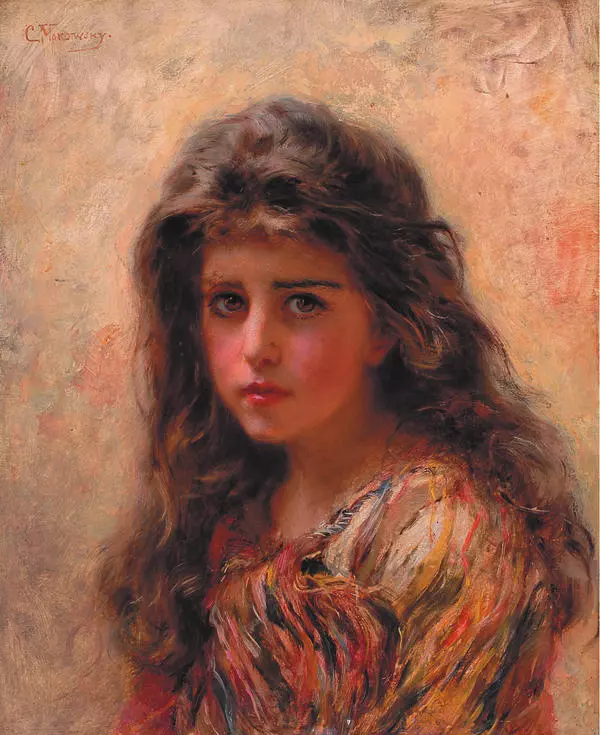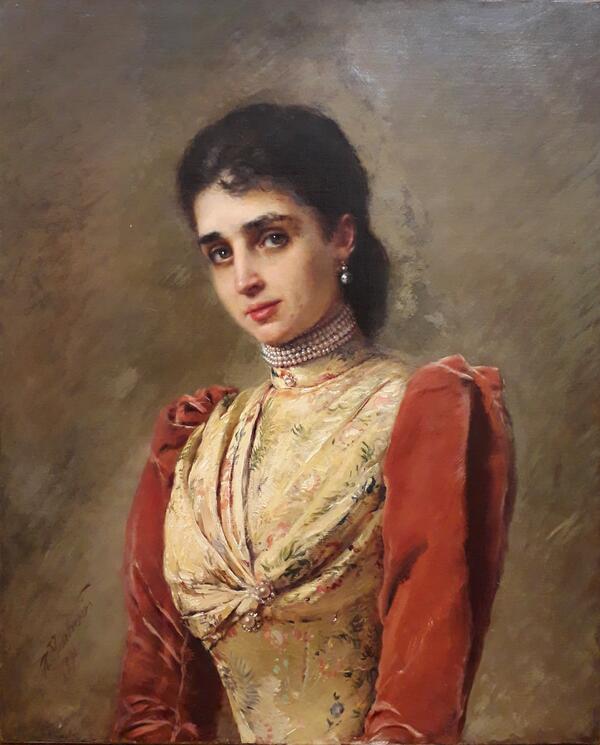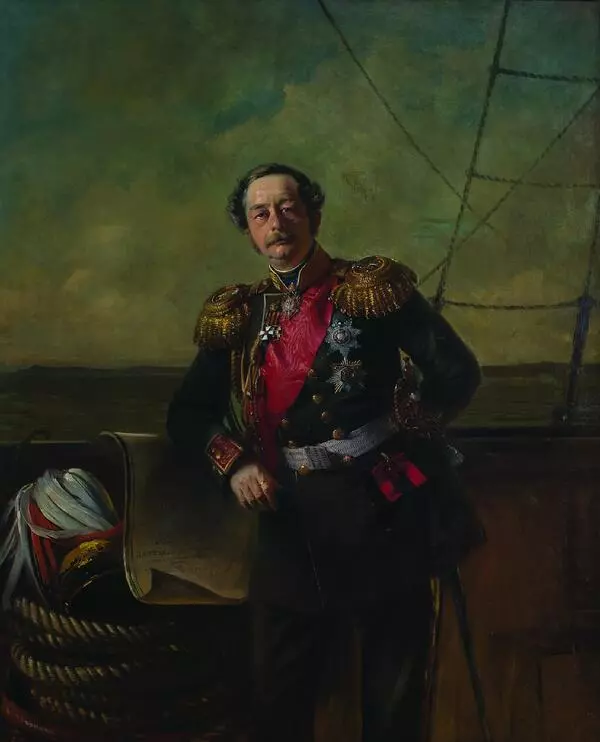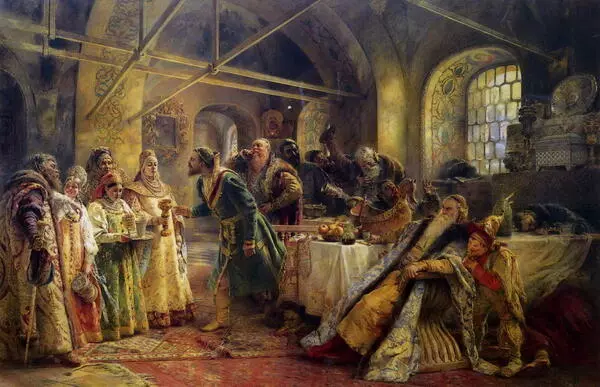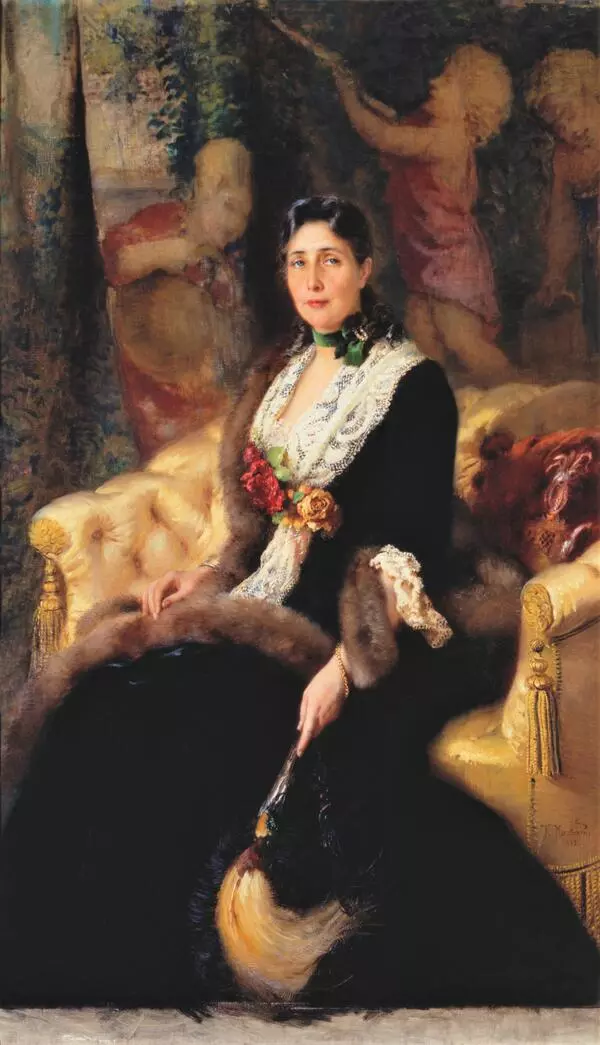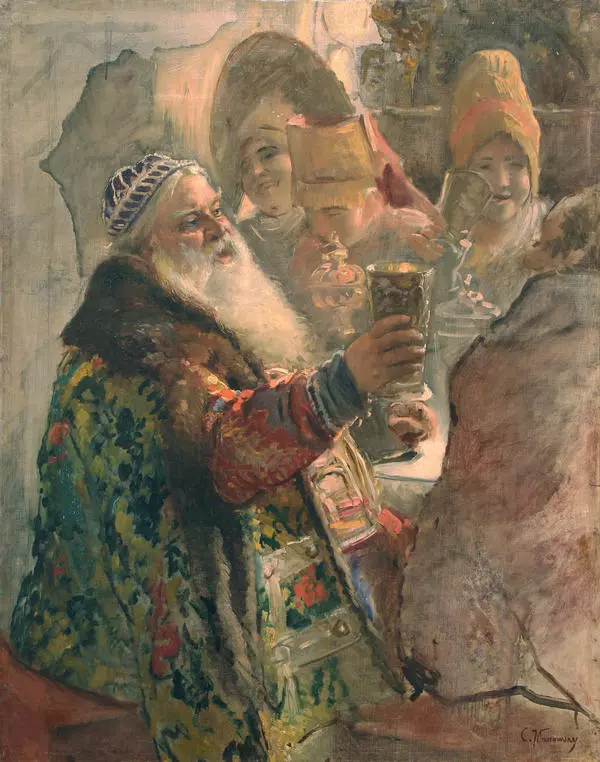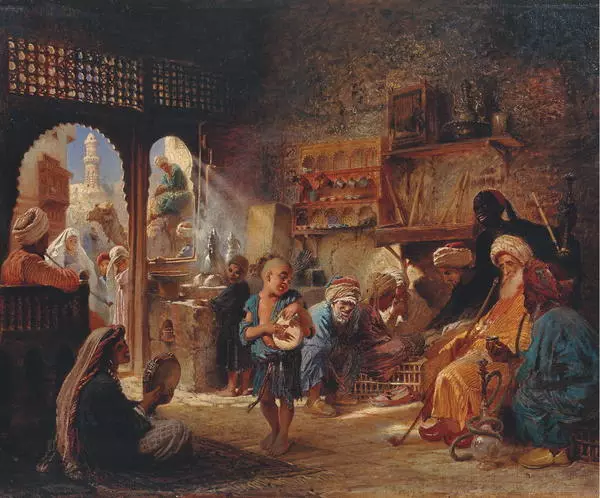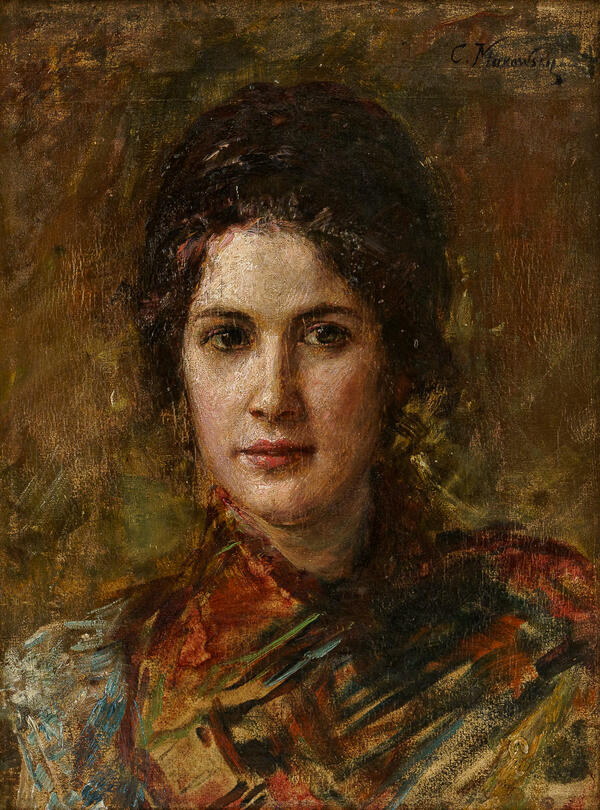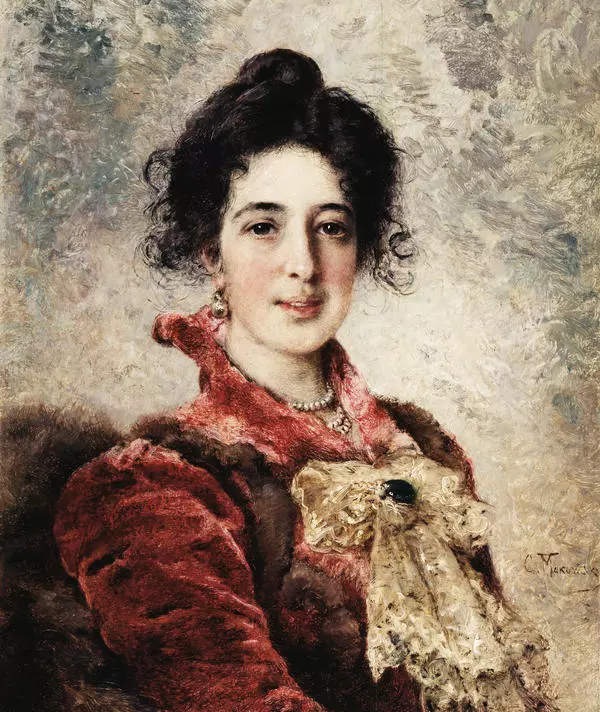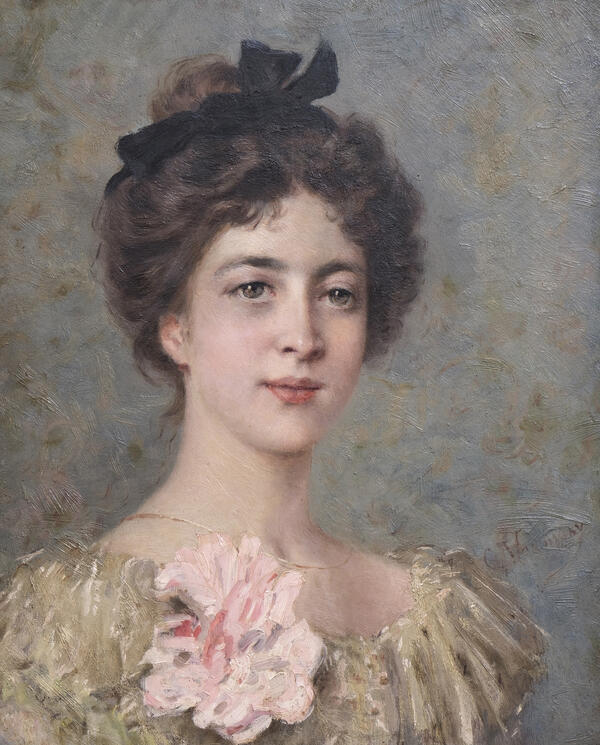Konstantin Yegorovich Makovsky was born in Moscow into the family of the art worker and artist Yegor Ivanovich Makovsky in 1839. His father was one of the founders of the “life class” on Bolshaya Nikitskaya Street, which was later renamed the Moscow School of Painting, Sculpture and Architecture. Among the friends of the Makovsky family were famous artists — Vasily Andreevich Tropinin and Karl Pavlovich Bryullov. They had a great influence on the work of Konstantin Makovsky.
At the age of 12, Konstantin Makovsky entered the Moscow School of Painting and Sculpture. Afterwards, he continued his studies at the Imperial Academy of Arts in St. Petersburg. Here he participated in academic exhibitions, where he displayed his paintings on historical subjects.
In 1863, Konstantin Makovsky together with 13 other students refused to create a painting on Scandinavian mythology, which went down in art history as the “Revolt of the Fourteen”. After this he became one of the founders of the Society of Traveling Exhibitions. This period of work showed his efforts to highlight the social and psychological problems of the common people.
In the mid-1870s, the artist traveled to Egypt and Serbia, where he obtained valuable ethnographic material to create portraits of Egyptians, Turks, Bulgarians and other nationalities. The portrait “Gypsy Woman” was painted in this period.
Makovsky’s travels in the Middle East resulted in a significant stylistic change in his painting. In 1880, he rose to fame and became one of the most highly paid Russian artists of that period.
In 1883, the painter left the Society of Traveling Art Exhibitions. During this period, he was known as a fashionable artist of ladies’ portraits and portraits of people from the upper classes of society, as well as a historical painter.
At the 1889 World Exhibition in Paris, he received the Grand Gold Medal for his paintings “The Death of Ivan the Terrible”, “The Judgment of Paris”, “The Demon and Tamara”. Traditional costumes and mass scenes of historical events played an important role in his paintings. The artist’s style shows the features of the academic and realistic schools of painting.
The painting “Gypsy Woman” was transferred to the
Alexander Grigoriev Art and History Museum from Moscow in 1923.




